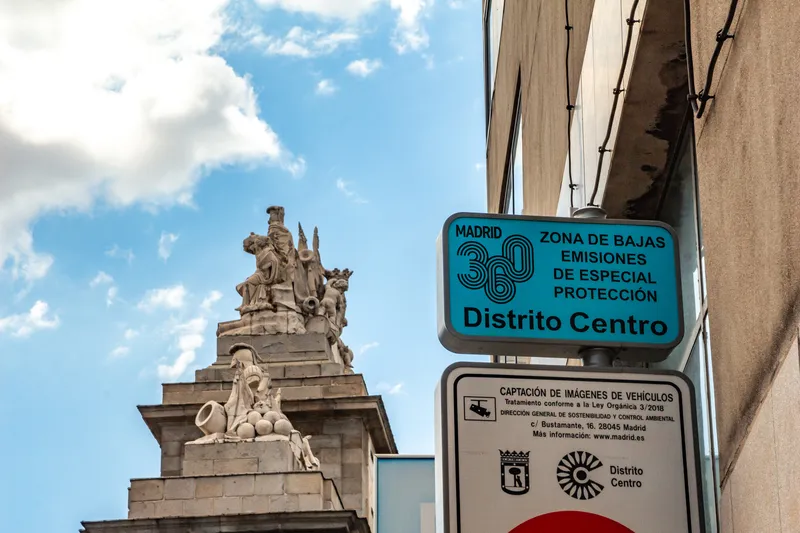UK company Traffic Technology Limited has revealed its involvement with a project that creates an important new link across the River Foyle in Londonderry, Northern Ireland, connecting the Waterside with the city side.
March 23, 2012
Read time: 2 mins
UK company 561 Traffic Technology Limited has revealed its involvement with a project that creates an important new link across the River Foyle in Londonderry, Northern Ireland, connecting the Waterside with the city side.
Built by Ilex, the urban regeneration company, and officially opened on 25 June 2011, the Peace Bridge is one of the largest and most iconic projects to be supported under the1816 European Union’s European Regional Development Fund’s Peace III Programme.
The Peace Bridge is 235 metres long from bank to bank, and four metres wide; after carrying out initial pedestrian and cycle surveys, Traffic Technology installed its compact directional counter on each side of the bridge to provide data on pedestrians and cyclists using it. The bespoke installation has been specially designed to suit the aesthetics of the bridge.
Data from the counters is delivered via an integrated web server, and Ilex has announced that more than 250,000 pedestrians and cyclists have crossed the bridge since its launch.
“The Peace Bridge was given significant funding from the EU Peace III programme because of the way it would make very real changes to the look and feel of the city,” said Michael Gallagher, Ilex’s Strategy and Regeneration Manager. “Now, just four months after its launch, the bridge has exceeded everyone’s expectations with over a quarter of a million pedestrians and cyclists using it to access St. Columb’s Park, the Waterside and city side.”
Built by Ilex, the urban regeneration company, and officially opened on 25 June 2011, the Peace Bridge is one of the largest and most iconic projects to be supported under the
The Peace Bridge is 235 metres long from bank to bank, and four metres wide; after carrying out initial pedestrian and cycle surveys, Traffic Technology installed its compact directional counter on each side of the bridge to provide data on pedestrians and cyclists using it. The bespoke installation has been specially designed to suit the aesthetics of the bridge.
Data from the counters is delivered via an integrated web server, and Ilex has announced that more than 250,000 pedestrians and cyclists have crossed the bridge since its launch.
“The Peace Bridge was given significant funding from the EU Peace III programme because of the way it would make very real changes to the look and feel of the city,” said Michael Gallagher, Ilex’s Strategy and Regeneration Manager. “Now, just four months after its launch, the bridge has exceeded everyone’s expectations with over a quarter of a million pedestrians and cyclists using it to access St. Columb’s Park, the Waterside and city side.”










